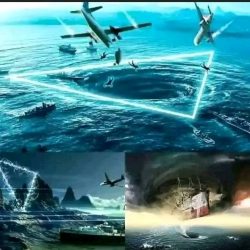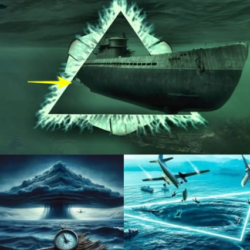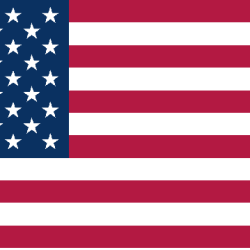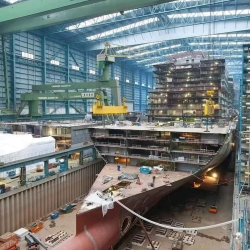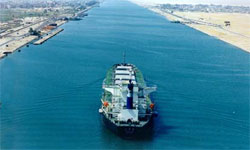In 1492, Christopher Columbus set sail from Spain, commanding three ships with a total crew of 86 men, intent on finding a new route to the Indies. After a stop in the Canary Islands to restock the ships’ provisions, the expedition sailed west, into the unknown.
Educated people at the time knew the world was not flat, and Columbus’ crew never feared that they might fall off the edge of the world (that myth was invented by Washington Irving, a fascinating story that will be the subject of a future Dose). But as they sailed farther and farther west, driven by stiff winds, the crew did begin to become unsettled and potentially mutinous, concerned that they had traveled too far to safely make it back home. To keep them calm, Columbus deliberately understated the distance they had traveled.
After 36 increasingly tense days at sea, the ships finally sighted land on October 12. Columbus had reached the Bahamas, but for the rest of his life he was convinced that he had reached Asia, believing he had discovered the new route to India that he had been seeking (which explains why he called the people he found there “Indios.”)
Nowadays of course Columbus and his expeditions are highly controversial topics. Future Doses will address how he and his crew treated the natives, and the fascinating story of how Columbus Day came to be a national holiday in the United States. But for today, we will close with a quote from historian Charles Mann about the “Columbian Exchange.”
“Of all the members of humankind who have ever walked the earth, Columbus alone inaugurated a new era in the history of life: beginning the Columbian Exchange…. Two hundred and fifty million years ago the world contained a single landmass known to scientists as Pangaea. Geological forces broke up this vast expanse, splitting Eurasia and the Americas. Over time the two divided halves of Pangaea developed wildly different suites of plants and animals. Before Columbus a few venturesome land creatures had crossed the oceans and established themselves on the other side. Most were insects and birds, as one would expect, but the list also includes, surprisingly, a few farm species—bottle gourds, coconuts, sweet potatoes—the subject today of scholarly head-scratching. Otherwise, the world was sliced into separate ecological domains. Columbus’s signal accomplishment was, in the phrase of historian Alfred W. Crosby, to reknit the seams of Pangaea. After 1492 the world’s ecosystems collided and mixed as European vessels carried thousands of species to new homes across the oceans. The Columbian Exchange, as Crosby called it, is the reason there are tomatoes in Italy, oranges in the United States, chocolates in Switzerland, and chili peppers in Thailand. To ecologists, the Columbian Exchange is arguably the most important event since the death of the dinosaurs.”
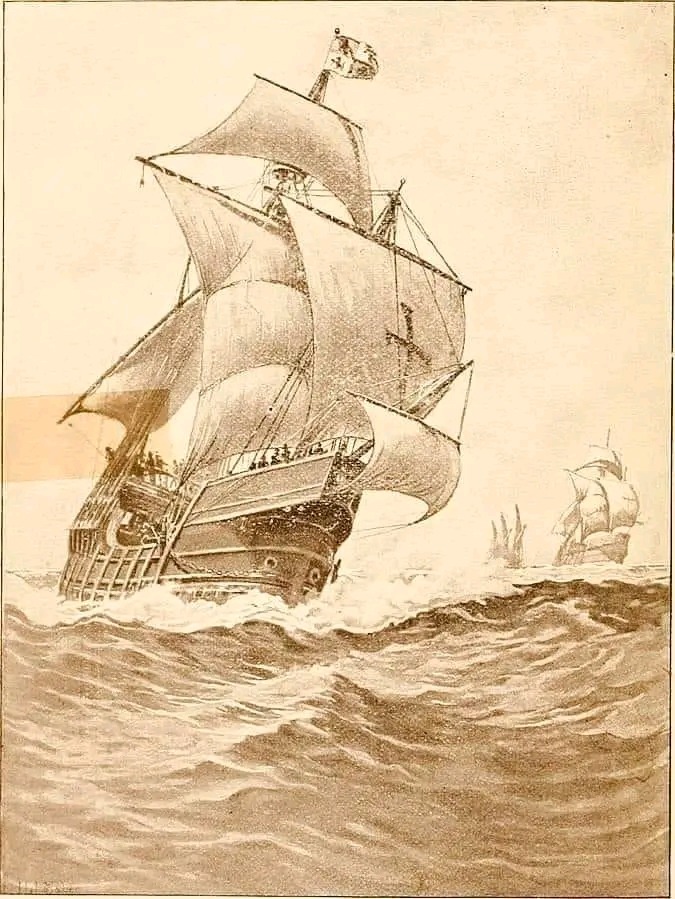
Five hundred thirty-two years ago today, the Niña, the Pinta, and the Santa Maria, under the command of Christopher Columbus, sailed from Palos de la Frontera, Spain, beginning a voyage that would change the world.
